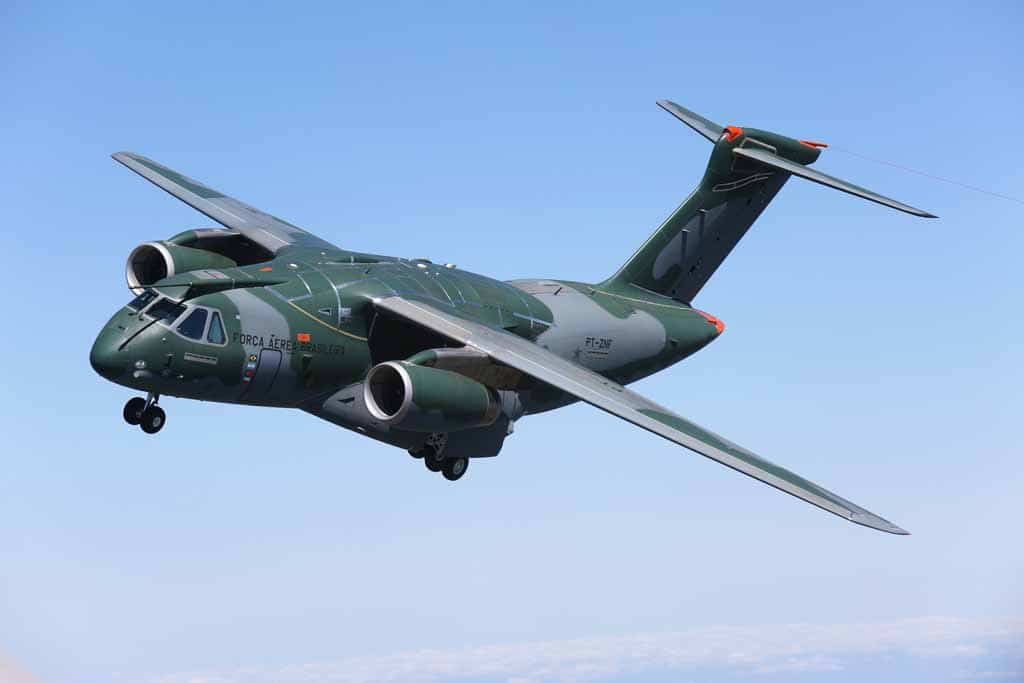2466Views 0Comments

Pakistan Navy test-fires land-based anti-ship missile
The Pakistan Navy (PN) announced (via the Associated Press of Pakistan) that it had test-fired a land-based anti-ship missile (AShM) as part of a training drill.
The PN did not disclose details, such as the AShM-type or its specifications. However, because it has been used as part of an exercise, it appears that the AShM has already been in service for some time.
Notes & Comments:
Pakistan announced that it inducted a land-based AShM – designated ‘Zarb’ – in April 2016. However, the PN followed the Zarb with a test in March 2017 of an identified “long-range” land-based AShM, again not disclosing the specifications while also not confirming it was the Zarb or another AShM.
In theory, the recently-tested Harba AShM and – if modified with terminal-stage seeker – Babur Version 2 land-attack cruise missile (LACM) could also be used as land-based AShM. In any of these cases, the PN’s emphasis could be to leverage range to deter enemy activity near Pakistan’s coasts.
However, optimal use of such range necessitates long-range surface detection, targeting and missile-guidance capability. Having procured land-based AShM, it will be worth seeing if the PN pairs these with land-based over-the-horizon (OTH) radars for long-range surface-level detection and targeting.
Granted, the PN could draw on other networked sensors, such as those onboard maritime patrol aircraft, but land-based OTH radars would add another sensor input, and that too with guaranteed availability (i.e. no coverage gaps from sortie intervals) and within the direct vicinity of the land-based AShM.
Broadly, the deployment of coastal AShM is to strengthen Pakistan’s anti-access and area-denial (A2/AD) posture in its littoral waters and shoreline. In 1971, the Indian Navy had exposed and exploited Pakistan’s vulnerability in this regard, hence stationing such AShM was clearly a priority.
However, the PN is extending the use of long-range AShM to the sea by including small ships, such as the Azmat-class fast attack craft (FAC). Leveraging a network-enabled environment, the PN could enable the Azmat FAC to rely on off-board long-range radars (e.g. in the air and other ships) for targeting.
If brought to fruition, the approach could see the PN distribute its ability to undertake A2/AD and offensive (via the Harba dual-AShM and LACM) operations through many low-cost platforms. (Note: Quwa Premium subscribers can access a detailed analysis of the PN’s efforts in this regard – i.e. ‘distributed lethality’).


